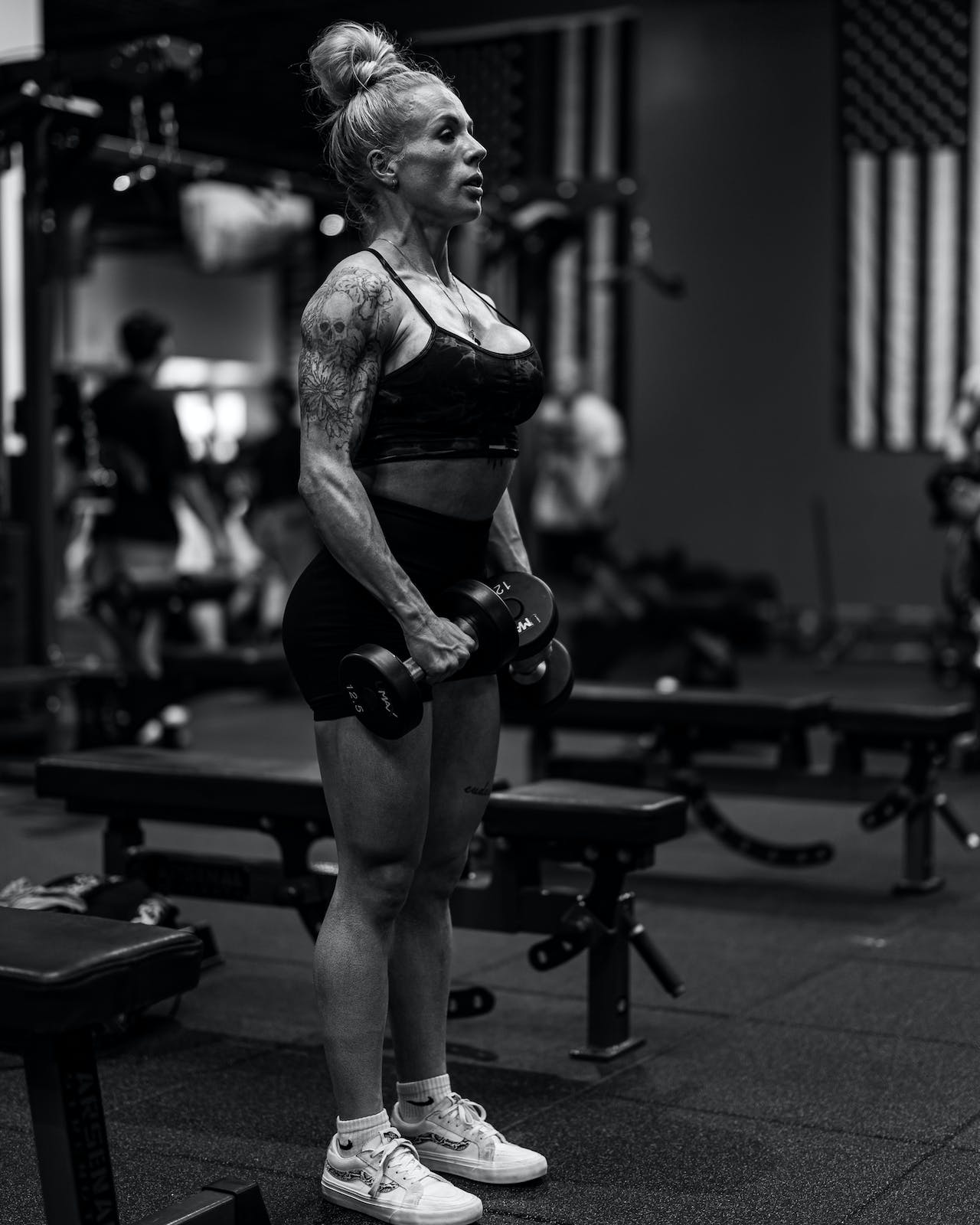Bodybuilding has no gender boundaries
Bodybuilding, often perceived as a domain dominated by men, is a realm where sculpting the body into a pinnacle of strength and aesthetics knows no gender boundaries. While the fundamental principles of building muscle and strength remain consistent, the journey toward achieving these goals can differ based on gender-specific physiological and hormonal nuances.
What is the key differentiator?
Men and women, though equal in their capacity for strength and muscular development, possess inherent differences that influence their approaches to bodybuilding. One of the primary differentiators is the hormonal composition.
Men naturally have higher levels of testosterone, a hormone that plays a significant role in muscle growth and strength. This hormonal variance often bestows men with a greater capacity for muscle mass and strength gains compared to women.
However, this distinction doesn’t imply limitations for women in the realm of bodybuilding. Understanding these disparities allows for tailored approaches that acknowledge and work within these differences rather than constraining potential.
The importance of tailored training
For instance, women might find benefit in adjusting training volume and intensity, opting for slightly higher repetition ranges and shorter rest periods to enhance muscle endurance and cardiovascular health.
Moreover, nutritional considerations play a pivotal role in optimizing bodybuilding endeavors. While macronutrient requirements might align, women might have different calorie needs due to variances in body composition and metabolic rates. Recognizing the impact of hormonal fluctuations, particularly around menstrual cycles and menopause, on energy levels and muscle recovery can refine nutritional strategies for optimal performance.
The menstrual cycle itself can influence training patterns. Throughout different phases, women might experience varying levels of energy, strength, and motivation. Tailoring workout routines to accommodate these fluctuations can enhance overall training efficiency and effectiveness.
Beyond hormonal and physiological differences, individual preferences and focus areas also influence training. Some women might have particular goals centered around specific muscle groups, such as emphasizing glute or lower body development. Customizing workout routines to align with these preferences can amplify motivation and engagement.
Understanding recovery differences between genders is also crucial. While women generally exhibit slightly shorter recovery periods, the ability to recover adequately impacts training frequency and intensity. Balancing this aspect ensures optimal progress without compromising overall well-being.
The crux of successful bodybuilding lies in personalized approaches. Tailoring training methodologies, nutrition plans, and recovery strategies based on individual differences and aspirations transcends the boundaries of gender. Empowering individuals, irrespective of gender, with knowledge about their bodies’ unique needs paves the way for fulfilling and effective bodybuilding journeys.
Conclusion
In conclusion, while men and women may embark on distinct paths within the realm of bodybuilding, the ultimate destination remains the same: achieving strength, muscle development, and overall fitness. Acknowledging, understanding, and embracing the intricacies of gender-specific nuances in training enables a more comprehensive and inclusive approach to bodybuilding, fostering growth, and progress for all enthusiasts.




